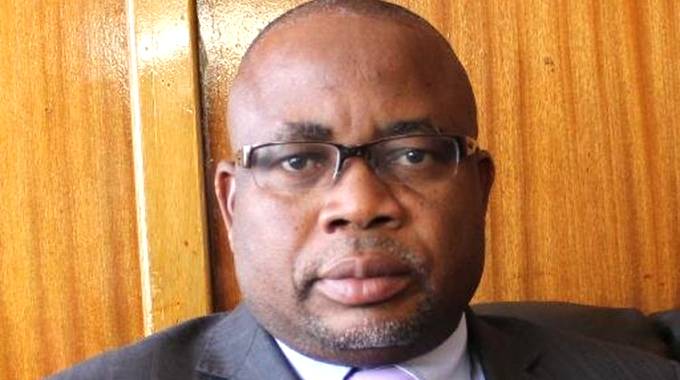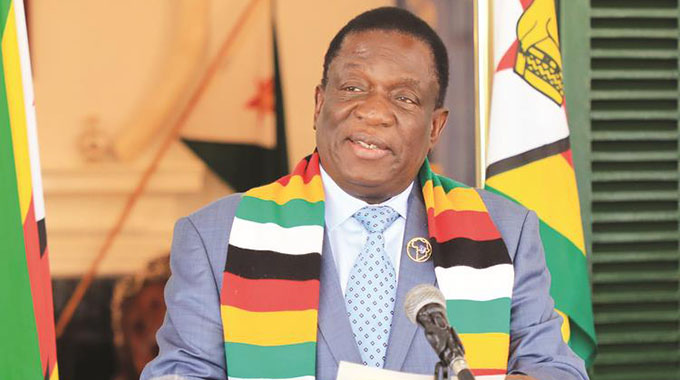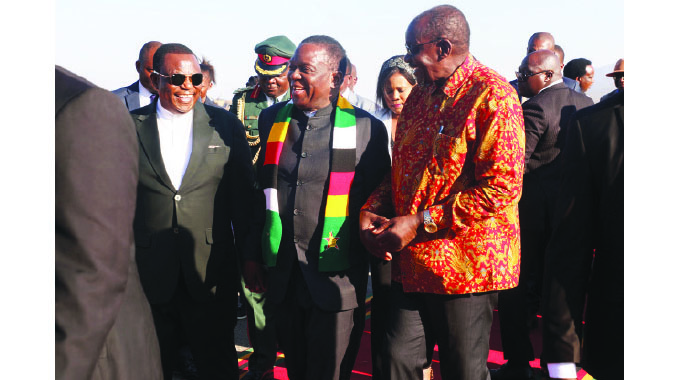Govt expands food assistance

Herald Reporters
Government and its development partners intend to expand urban and rural food distribution to include food-insecure households in more districts countrywide.
This comes amid warnings of poor crop performance due to the prevailing dry spell.
Beneficiaries of the cash transfer programme will from this month get up to $250, up from $10, backdated to January 2019.
Government has set aside $1 billion for the programme, while the World Food Programme (WFP) has so far mobilised resources to cater for 100 000 food-insecure households.
The United Nations agency has since launched an appeal for additional funding to assist a further 100 000 vulnerable people.
The 2018-19 season produced low yields due to erratic rainfall in most parts of the country and communities are in dire need of food aid.
Public Service, Labour and Social Welfare Minister Paul Mavima yesterday said the Government was planning to scale up the harmonised cash transfer to 33 districts, up from 23 districts that benefited last year.
He said the remaining districts would be covered under the public assistance programme.
Minister Mavima said $500 million was allocated to both the harmonised cash transfer programme and the public assistance programme for the whole country in 2019.
Under the cash transfer programme, Minister Mavima said the Government has reviewed allocations upwards from at least $10 per month, up to $250, depending on family size.
He said all payments were backdated to January 2019 using the new rates.
“The harmonised social cash transfer in 2019 reached out to approximately 65 000 households in 23 districts. Transfer volumes were reviewed from the range of $10-$25 to $100 -$250 per cycle depending on household size.
“A total of $114 million was availed
by Treasury towards payment of beneficiary households and $95 million was utilised.
To mitigate liquidity crisis, payments have transitioned from cash-in-transit to mobile money transfers, allowing beneficiary households to benefit from financial inclusion,” said Minister Mavima.
He said in non-cash transfer implementing districts, there was public assistance under which beneficiaries received a monthly maintenance allowance of $100 a month, up from $20.
“A total of 8 500 households received public assistance payments through POSB and a total of $10,2 million was utilised,” he said.
Minister Mavima said additionally, 15 tonnes of Chinese rice donated by President Mnangagwa for each rural constituency is being distributed to rural communities during this festive season.
“This rice supplements the already existing food deficit mitigation strategy being implemented in all rural provinces and Harare and Bulawayo urban areas.
The programme caters for the food poor and labour constrained households who include, the destitute elderly, the chronically ill, people with disabilities and child headed households.
“A total of 760 692 households are benefiting from the programme, each receiving a 50kg bag per month,” said Minister Mavima.
He said on a monthly basis, a total tonnage of 38 035 tonnes was being moved to food-insecure communities countrywide.
Additionally, to cushion beneficiaries against high transport costs, Minister Mavima said District Development Fund (DDF) and the Zimbabwe National Army (ZNA) have been engaged to transport grain to vulnerable communities.
Treasury has in the past few days released $10 million, which will be channelled to the 10 provinces to assist in the transportation of grain to ward distribution points.
Owing to the anticipated poor harvests, WFP has announced its plans to expand urban food assistance to 200 000 vulnerable populations in eight districts across the country.
WFP has been providing assistance to 19 000 people from Epworth in Harare.
In a statement yesterday, the WFP said: “As a result of this year’s severe drought, economic downturn and Cyclone Idai, around 8 million people were pushed into severe hunger.
“Of this total, 2,2 million people live in urban areas.
WFP’s revised emergency response plan hopes to provide mobile cash transfers to 200 000 of them. Currently, funding for 100 000 has been secured.
WFP is seeking funds to assist an additional 100 000 people.”
According to the Famine Early Warning Systems Network (FEWS NET), large-scale humanitarian food assistance is expected to improve the food security situation across the country from January through April.
FEWSNET’s food security outlook update anticipates there will still be some households in both rural and urban areas that will likely face challenges.
“Erratic and poorly distributed mid-November rainfall marked the start of the 2019-20 season.
“The poor rainfall was followed by three weeks of very high temperatures and dryness through the first week of December.
“This affected agricultural activities and other livelihoods across the country.”









Comments